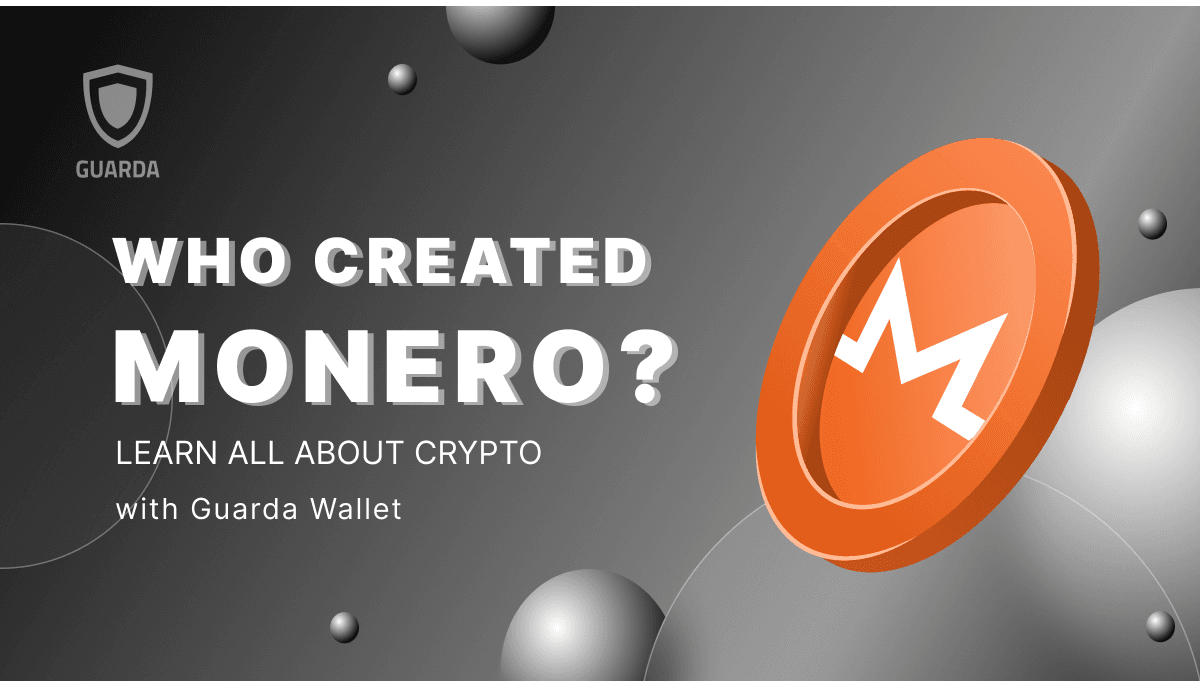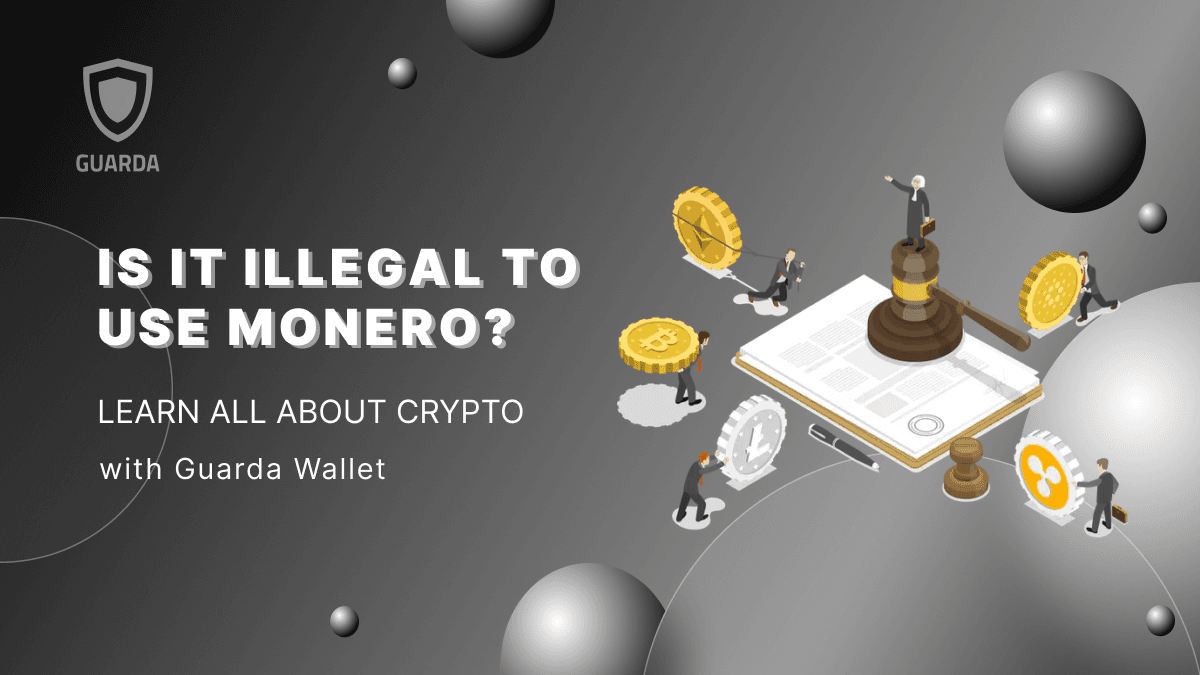What is Ethereum 2.0?
Ethereum 2.0 (or Serenity) is an update to the main Ethereum network. The whole cryptocurrency world is waiting for this event since there are a huge number of blockchain projects created on the basis of the Ethereum platform. Today, the Ethereum network faces problems of scalability, low transaction speed, and relatively high fees. The Implementation of new technological decisions is designed to solve all these problems and bring the project to a completely new level.
After the launch, the Ethereum 2.0 network will primarily function as a test network to check the operation of the Proof-of-Stake consensus algorithm. Most of the economic activity and smart-contracts will remain in the “old” Ethereum network, which will operate in parallel with Ethereum 2.0. A one-way bridge will be created, where ETH1 can be converted to ETH2 (without the possibility of reverse transformation).
The Ethereum network has become very popular in the world of cryptocurrencies and is currently processing large volumes of transactions. In order to continue the growth of the network, node operators are forced to increase their computing power, which can lead to centralized control. In turn, the stability and performance of the entire system may be adversely affected. The Ethereum team wants to increase network scalability and offer users instant and almost free transactions through the introduction of Proof-of-Stake protocol and Sharding technology.
Ethereum 2.0 features
At the moment, Ethereum blockchain is capable of conducting up to 15 transactions per second (tps). However, such a level of throughput is still not enough to ensure the stable operation of the network. For example, a Visa payment system can carry out up to 24000 transactions per second (tps).
Optimistic Rollup will help to solve the scalability problem it will be implemented after a network upgrade. It is a technology that scales Ethereum smart-contracts and dApps up to 100-2000 transactions per second. The main advantage is that it enables complete smart-contracts on layer two using Optimistic Virtual Machine (OVM), to reduce transaction fees. Bonded aggregators bundle user-submitted transactions into roll-up blocks on the sidechain. Users pay aggregators fees to submit their transactions and the new sidechain state root (the optimistic rollup block) to the mainnet. Anybody can become an aggregator and start processing the roll-up blocks.
Another solution to this problem is to change the main algorithm. Ethereum is running on the same protocol as Bitcoin, which is called Proof-of-Work. This mechanism implies that the confirmation of transactions on the network occurs using the computing power, with the help of miners. The use of the Proof-of-Work algorithm interferes with the growth of the Ethereum network bandwidth. More and more miners are needed to withstand large capacity, but their growth slows down since it is becoming more difficult and more expensive to mine cryptocurrency. The Ethereum development team plans to switch to the Proof-of-Stake algorithm. Unlike PoW, it does not require the use of computing power to confirm blocks and there is no need for miners. Instead, transactions will be confirmed by validators - users who will keep a certain number of coins on their wallet, at least 32 ETH, thus, the system will no longer need expensive mining equipment.
The main solution to the problem of scalability will be the introduction of Sharding. The Ethereum network is now a common database. After the update, the blockchain will be divided into autonomous, interacting blocks-shards, each of which will process its transactions and smart contracts. Each node on the network will not process the entire block, but parts of it. The protocol has a built-in load balancing system that moves objects between shards (fragments): it will enable faster verification of transactions. The creator of Ethereum, Vitalik Buterin, said that such a method would make the network a thousand times more efficient: “Imagine that Ethereum has been split into thousands of islands. Each island can do its own thing. Each of the islands has its own unique features and everyone belonging on that island, i.e., the accounts, can interact with each other and they can freely indulge in all its features. If they want to contact with other islands, they will have to use some sort of protocol”.
Ethereum 2.0 implementation
Initially, the Ethereum 2.0 network will work as a testnet, although it will use real Ethereum tokens. The transition will take place in four stages:
Phase 0. Beacon chain
This phase will begin in the summer of 2020 and it will only focus on testing the Proof-of-Stake system. During this stage, various aspects of the PoS that should function properly will be checked, for example: managing a set, management of stakers funds; the random number generator that helps to select block producers; voting of the participants for the block; rewards, and fines for staking.
Phase 1. Shards
Initially, a network of 64 shards will be deployed. The network will still be in an experimental phase at this point. While the 0 phase is designed to test the Proof-of-Stake system without any economic activity, the first phase is aimed at testing the underlying Sharding model. During this stage, 65 “mini-blockchains” will work in parallel - the Beacon chain from the zero phases and 64 new shards. There is going to be two-way communication between the Beacon chain and the other 64 shards.
Phase 2: eWASM
At this stage, account balances, smart contract execution, and other network features will be added. The biggest improvement in Phase 2 includes the integration of eWASM (Ethereum Flavored WebAssembly), it is the upgrade of Ethereum Virtual Machine (EVM) based on WebAssembly. It will allow for faster code execution and provide an improved development environment. So EVM will have better performance and make it possible to support smart contracts, accounts, states, and much more. The developers will be able to write smart contracts in C, C++, Rust, and Go and provide access to the tools of the new version.
Phase 3: Continued Improvement
It is assumed that smart contracts will start working on the network at this stage and economic activity will begin. The Shards will no longer be used as source data stores but will act as virtual machines and smart contracts of the Ethereum 1.0 network. The specification for phase 2 is under development. The following technologies will be implemented: Cross-shard transactions, Lightweight clients, Super-square charting, Closer ties.
One way bridge
When Serenity is launched by the developers, two networks will work in parallel. The new ETH2 will be created as a reward for validating transactions on the Beacon Chain, and also can be purchased by any ETH1. Users will be able to convert ETH1 to ETH2, but without the possibility of reverse conversion. In the early stages, it is unlikely that ETH 2.0 will have a market price or be supported by crypto exchanges, as it will only be used for staking.
To transfer ETH1 to ETH2 will be used as a deposit agreement on Ethereum 1.0, this smart-contract essentially destroys ETH1 coins. They are burned forever, although theoretically it can be restored in Ethereum 1.0 through A hardfork. Coins transferred to ETH2 will automatically fall into the Proof-of-Stake validator pool.
Proof-of-Stake system
According to the PoS concept, the “weight” of the vote and the size of the reward for the validator are determined by the number of coins in the stack. Each validator must have 32 ETH. In a situation where more than 32 ETHs have been sent to the contract, the user will not receive a reward. On the other hand, the staker will not be activated in case of less than 32 ETH was sent. To transfer ETH to Ethereum 2.0, the user needs to make it in batches of 32 coins. Each batch of 32 ETH will become a separate part of passive income.
Emission
As mentioned above, two parallel systems will operate at the same time. During this period, miners and stakers need incentives to support the network, so the inflation rate in Ethereum will increase temporarily until both systems eventually merge. The emission level of ETH2 will depend on the number of tokens involved in the staking process.
Stacking Rewards
Validators will verify transactions in the new Ethereum network and be rewarded with a passive income opportunity. The annual reward for stacking is currently unknown. According to the project roadmap, it will vary from 1.81% to 18.1%. Stacking profitability will depend on the number of validators. The more validators, the smaller the amount of a reward; therefore, early-stage validators will be able to make the greatest profit. One of the project developers predicted that the average income would be 5% per year.
Summary
The switch to the PoS algorithm and the introduction of the Sharding will make the platform more scalable. Nowadays, there are a huge number of projects created on the Ethereum blockchain, and faced with the problems of scalability - Serenity will solve all of them. Ethereum 2.0 will be able to compete not only with other cryptocurrencies but also with DeFi products as well. The launch of the updated platform will provide new benefits for platform development, network throughput, transaction speed, and fees. Ethereum is likely to remain the most popular platform for the deployment of new blockchain start-ups. The network upgrade will also make it possible to gain advantages over the main competitors of EOS, TRON, and the other cryptocurrencies which are actively used for stacking. The switch to Serenity will have a significant effect on the mining industry. Today, ETH is the most popular coin for mining at home, but many miners will be forced to leave the market.




